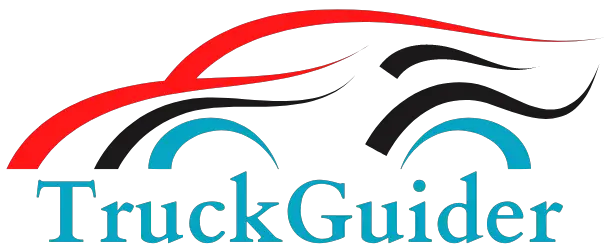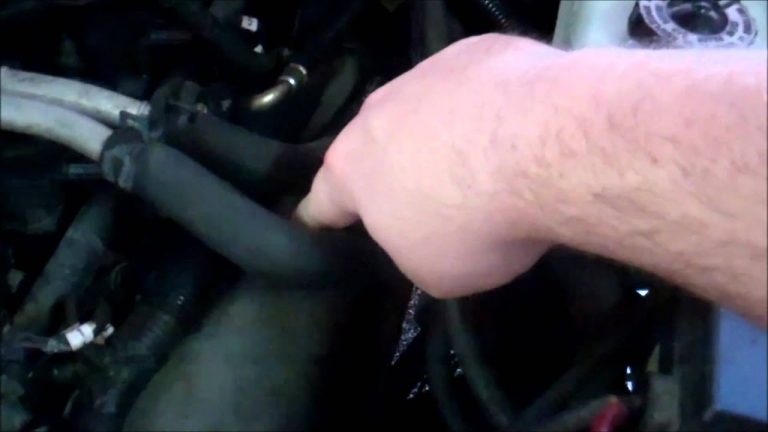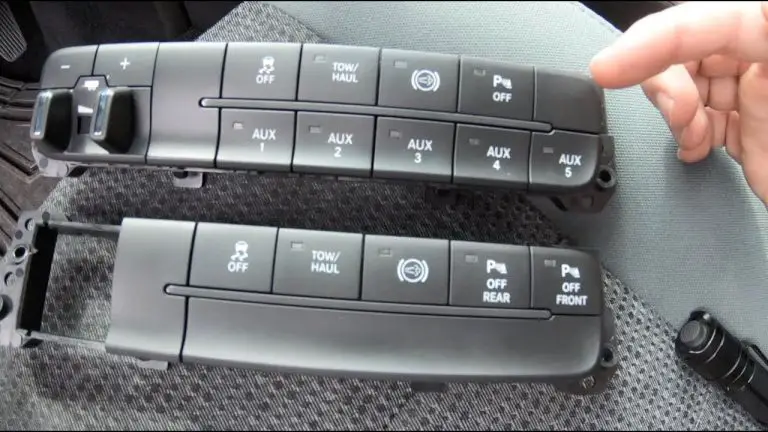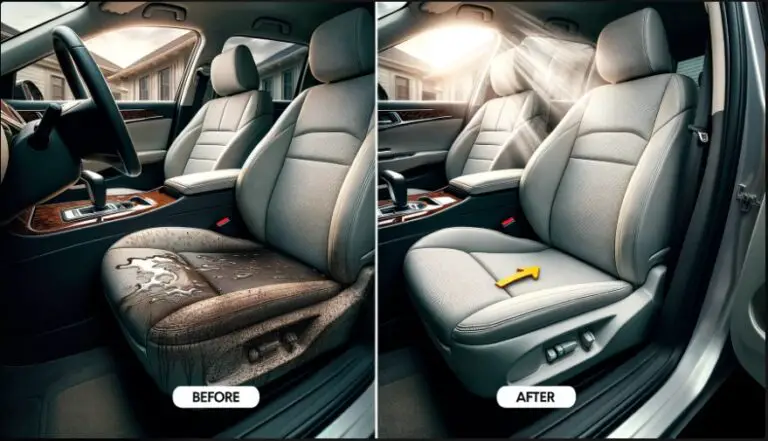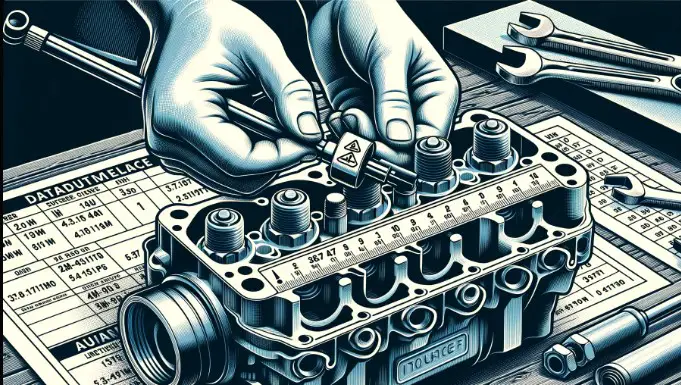Dodge 4.7 Engine Interchange Guide
The Dodge 4.7L V8 engine is a popular engine that was used in a variety of Dodge, Jeep, and Chrysler vehicles from 1999 to 2013. If you are considering interchanging a Dodge 4.7L engine, this guide will provide you with the information you need to do so successfully.
This guide will cover the following topics:
- Which Dodge 4.7L engines are compatible with each other?
- What are the emissions packages that the Dodge 4.7L engine was offered?
- What are some additional tips for interchanging a Dodge 4.7L engine?
This guide is intended for experienced mechanics and DIY enthusiasts. If you are not comfortable working on your own vehicle, it is recommended that you have the engine interchange performed by a qualified mechanic.
Compatibility of Dodge 4.7L Engines
There are two generations of the Dodge 4.7L engine:
- Generation 1 (1999-2003): This generation of the engine is also known as the “PowerTech” engine. It was used in the Dodge Ram 1500, Dodge Durango, Dodge Dakota, and Jeep Grand Cherokee.
- Generation 2 (2004-2013): This generation of the engine is also known as the “PowerTech 2” engine. It was used in the Dodge Ram 1500, Dodge Durango, Dodge Dakota, Jeep Grand Cherokee, and Chrysler Aspen.
When interchanging a Dodge 4.7L engine, it is important to make sure that the engine is compatible with the vehicle you are installing it in. The following is a guide to interchanging Dodge 4.7L engines:
Generation 1 (1999-2003)
- 1999-2003 Dodge Ram 1500
- 1999-2003 Dodge Durango
- 1999-2003 Dodge Dakota
- 1999-2003 Jeep Grand Cherokee
Generation 2 (2004-2013)
- 2004-2013 Dodge Ram 1500
- 2004-2009 Dodge Durango
- 2004-2009 Dodge Dakota
- 2004-2009 Jeep Grand Cherokee
- 2007-2009 Chrysler Aspen
It is important to note that there were some changes made to the Dodge 4.7L engine over the years. For example, in 2002.5, the engine was updated with a new engine control unit (ECU). This means that if you are interchanging a 4.7L engine from a 2002 or earlier vehicle to a 2002.5 or later vehicle, you will need to use the ECU from the donor vehicle.
Another thing to keep in mind is that the Dodge 4.7L engine was offered with a variety of different emissions packages. It is important to make sure that the emissions package on the donor engine is compatible with the emissions package on the vehicle you are installing it.
If you are unsure whether or not a particular Dodge 4.7L engine is compatible with your vehicle, it is always best to consult with a qualified mechanic.
Dodge 4.7L Engine Emissions Packages
The Dodge 4.7L V8 engine was offered with a variety of emissions packages, depending on the model year and vehicle application. The following is a list of the most common emissions packages:
- Federal Emissions (FE)
- California Emissions (CA)
- Tier 2 Bin 5 Emissions (T2B5)
- Tier 2 Bin 10 Emissions (T2B10)
Federal Emissions
The Federal Emissions (FE) package is the most basic emissions package and is required by law on all vehicles sold in the United States.
California Emissions
The California Emissions (CA) package is more restrictive than the Federal Emissions package and is required by law on all vehicles sold in California.
Tier 2 Bin 5 Emissions
The Tier 2 Bin 5 Emissions package is even more restrictive than the California Emissions package and is required by law on all vehicles sold in the United States starting in 2009.
Tier 2 Bin 10 Emissions
The Tier 2 Bin 10 Emissions package is the most restrictive emissions package and is required by law on all vehicles sold in California starting in 2009.
6 Additional tips for interchanging a Dodge 4.7L engine
Here are some additional tips for interchanging a Dodge 4.7L engine:
- Make sure to use all of the necessary gaskets and seals when installing the new engine.
- Be careful not to overtighten the engine mounting bolts.
- Make sure to connect all of the electrical connectors and vacuum lines correctly.
- Once the engine is installed, prime the oil and fuel systems before starting the engine.
- After starting the engine, let it run for a few minutes at idle speed to break in the new bearings.
- Check for any leaks and make sure that all of the fluids are at the proper levels.
If you follow these tips, you should be able to interchange a Dodge 4.7L engine successfully.
See Also:
- Dodge 4.7 Misfire No Codes
- Dodge 4.7 Head Bolt Torque Specs
- Dodge 4.7 Ground Strap Locations
- Diagram Dodge 4.7 Heater Hose Routing
Conclusion
Interchanging a Dodge 4.7L engine can be a complex task, but it is possible to do it successfully if you have the necessary knowledge and tools. When interchanging a Dodge 4.7L engine, it is important to make sure that the engine is compatible with the vehicle you are installing it in and that you use the correct emissions package. It is also important to be careful not to overtighten the engine mounting bolts and to connect all of the electrical connectors and vacuum lines correctly.
